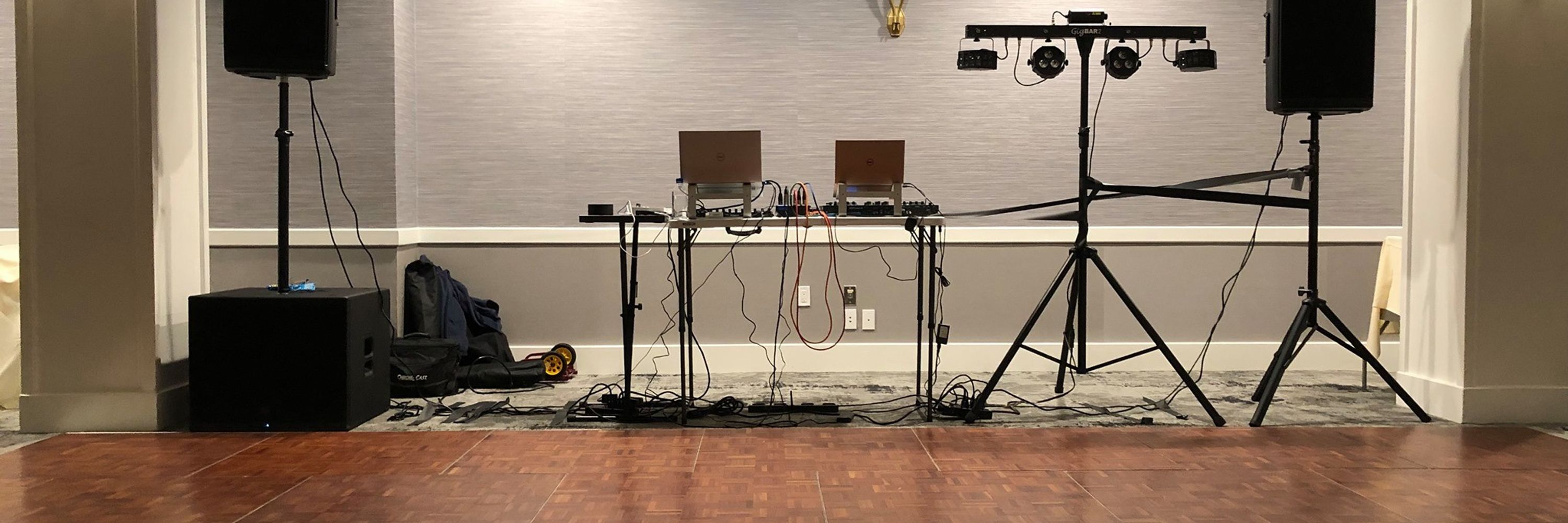
They have twice as many neurons per brain mass than mammals, including primates.
www.pnas.org/doi/abs/10.1...

They have twice as many neurons per brain mass than mammals, including primates.
www.pnas.org/doi/abs/10.1...
www.biorxiv.org/content/10.1...
www.biorxiv.org/content/10.1...


Our new @nature.com paper shows that neural activity switches from an 'evidence gathering' to a 'commitment' state at a precise moment we call nTc.
After nTc, new evidence is ignored, revealing a neural marker for the instant when the mind is made up.
rdcu.be/eGUrv

Our new @nature.com paper shows that neural activity switches from an 'evidence gathering' to a 'commitment' state at a precise moment we call nTc.
After nTc, new evidence is ignored, revealing a neural marker for the instant when the mind is made up.
rdcu.be/eGUrv


#neuroskyence
www.thetransmitter.org/neural-dynam...

#neuroskyence
www.thetransmitter.org/neural-dynam...
By Natalia Mesa
www.thetransmitter.org/spectrum/poo...

By Natalia Mesa
www.thetransmitter.org/spectrum/poo...
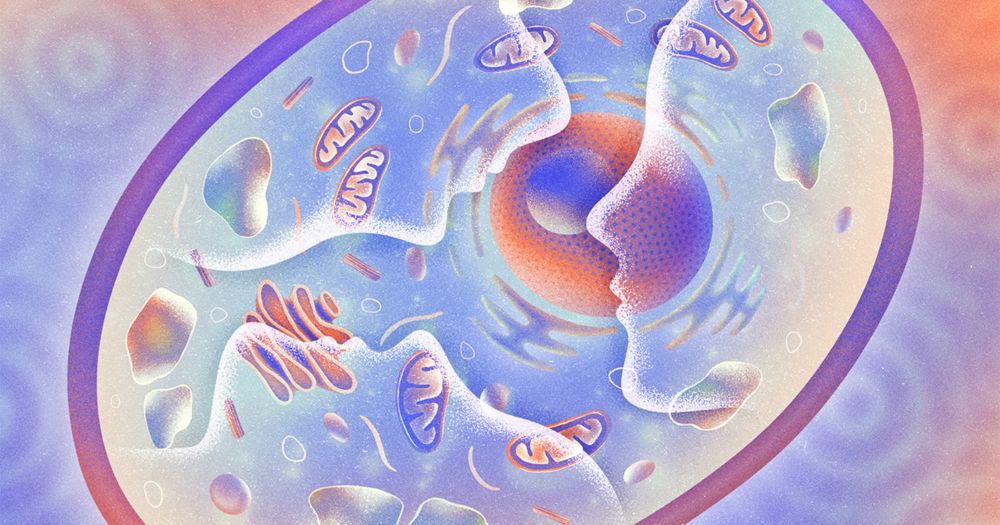

www.jneurosci.org/content/45/2...
Reminds me of a theory I once heard that humans basically self-domesticated themselves.

www.jneurosci.org/content/45/2...
Reminds me of a theory I once heard that humans basically self-domesticated themselves.
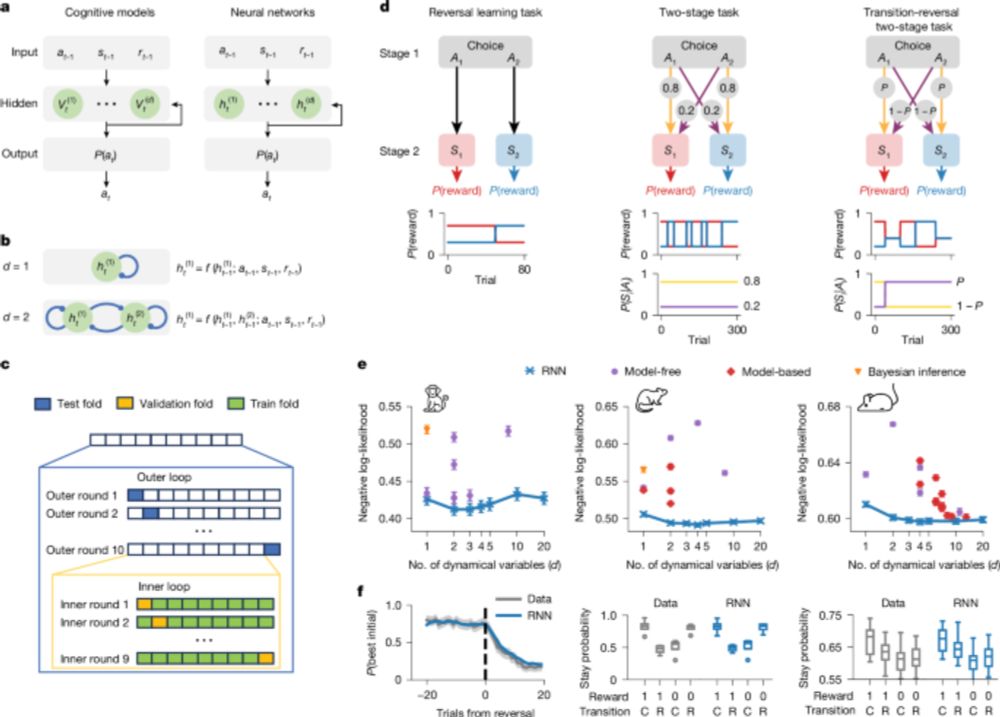
By @ldattaro.bsky.social
#neuroskyence
www.thetransmitter.org/null-and-not...
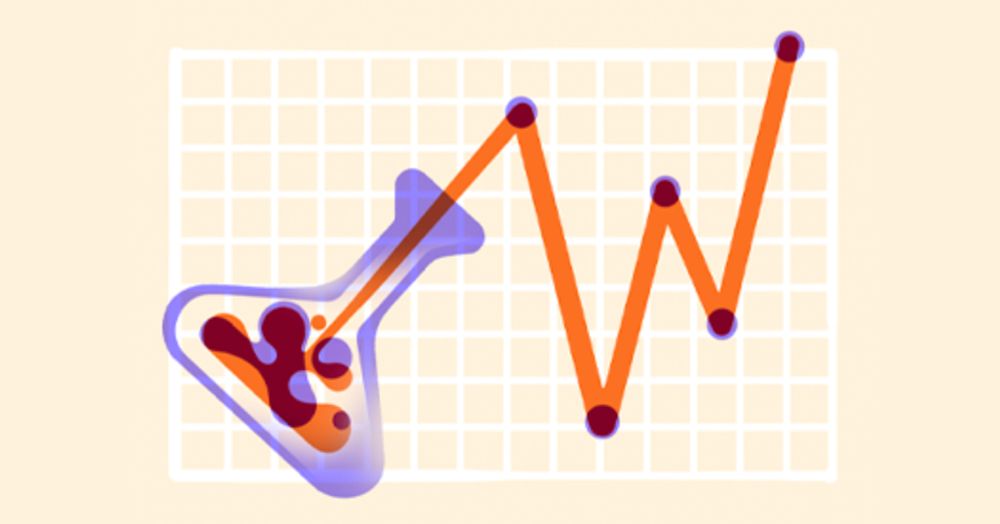
By @ldattaro.bsky.social
#neuroskyence
www.thetransmitter.org/null-and-not...
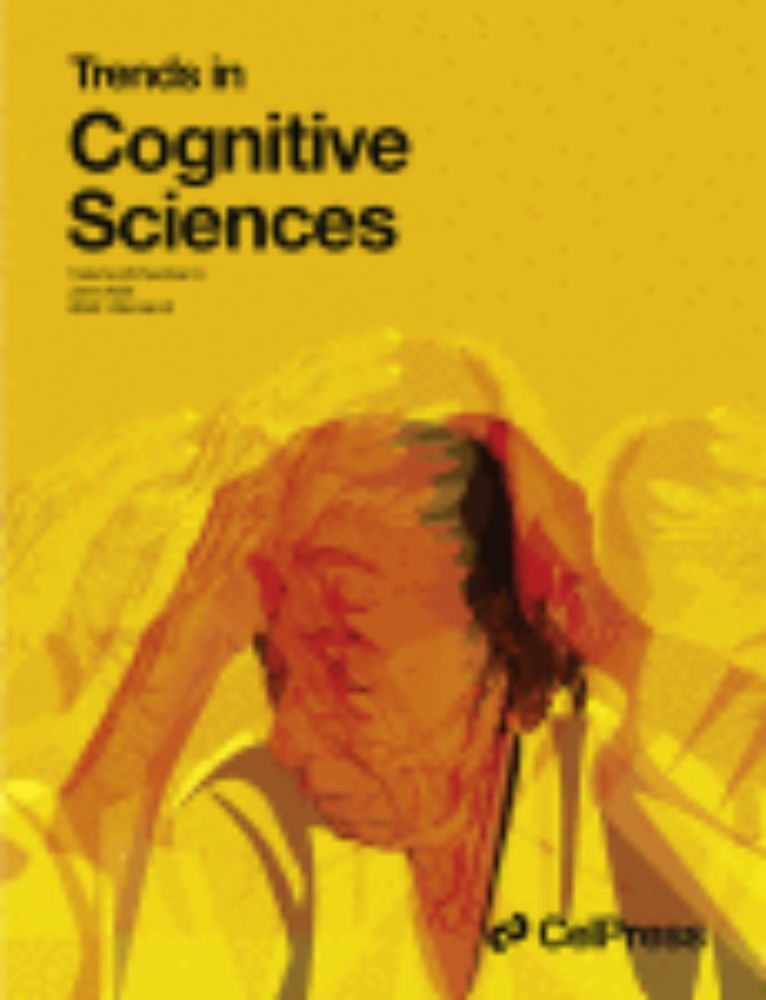
I really think we as a field are converging on a unified account of the hippocampus as a modality agnostic, task-relevant, sequence prediction machine.
I bet that within the next decade we will have a complete computational model of the hippocampus. 🧠📈 🧪
By Natalia Mesa
#neuroskyence
www.thetransmitter.org/memory/expan...

I really think we as a field are converging on a unified account of the hippocampus as a modality agnostic, task-relevant, sequence prediction machine.
I bet that within the next decade we will have a complete computational model of the hippocampus. 🧠📈 🧪
www.nature.com/articles/s41...

www.nature.com/articles/s41...
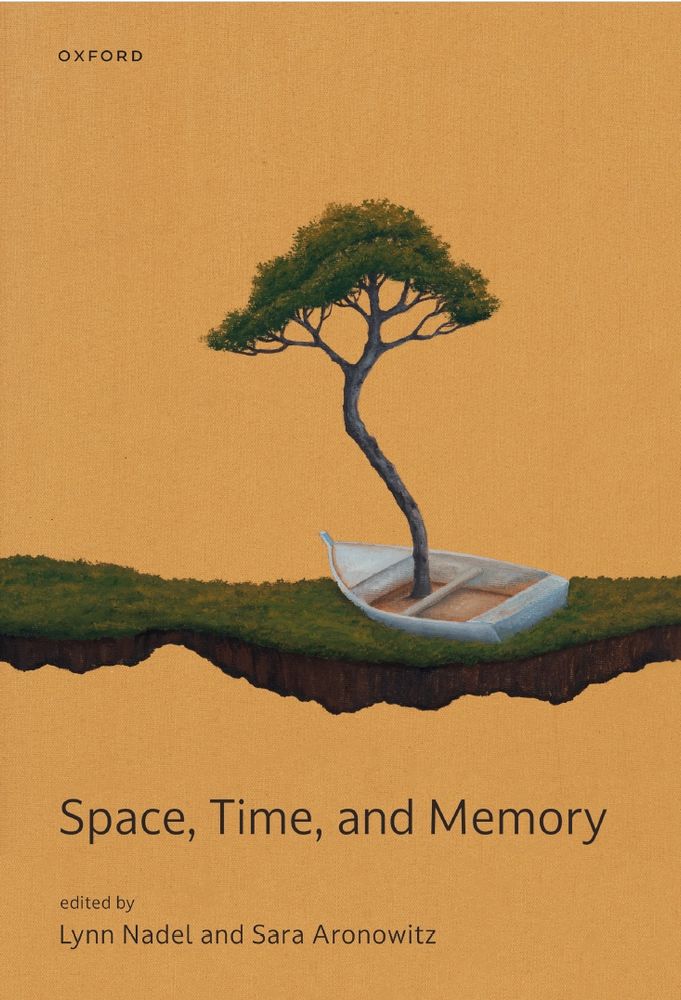
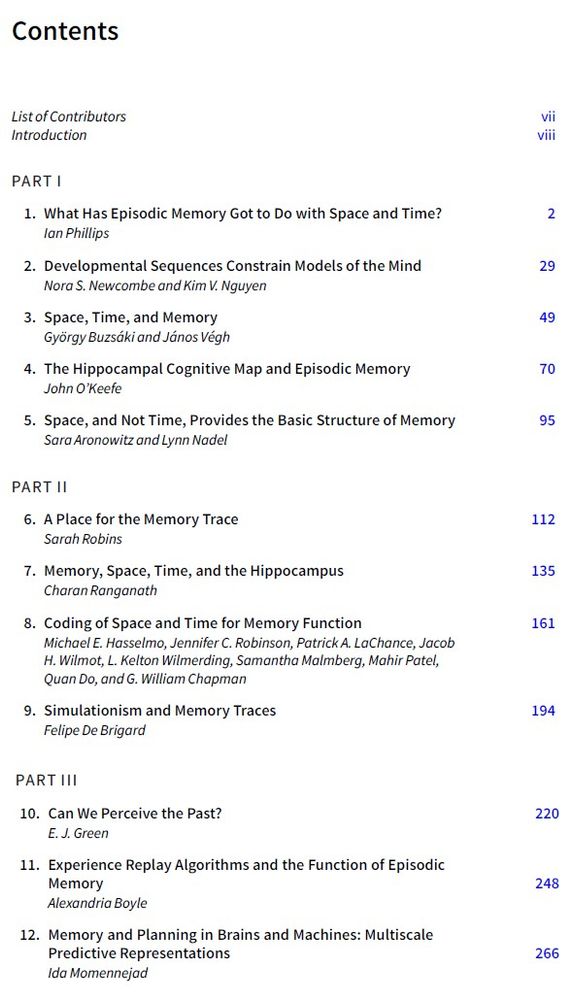
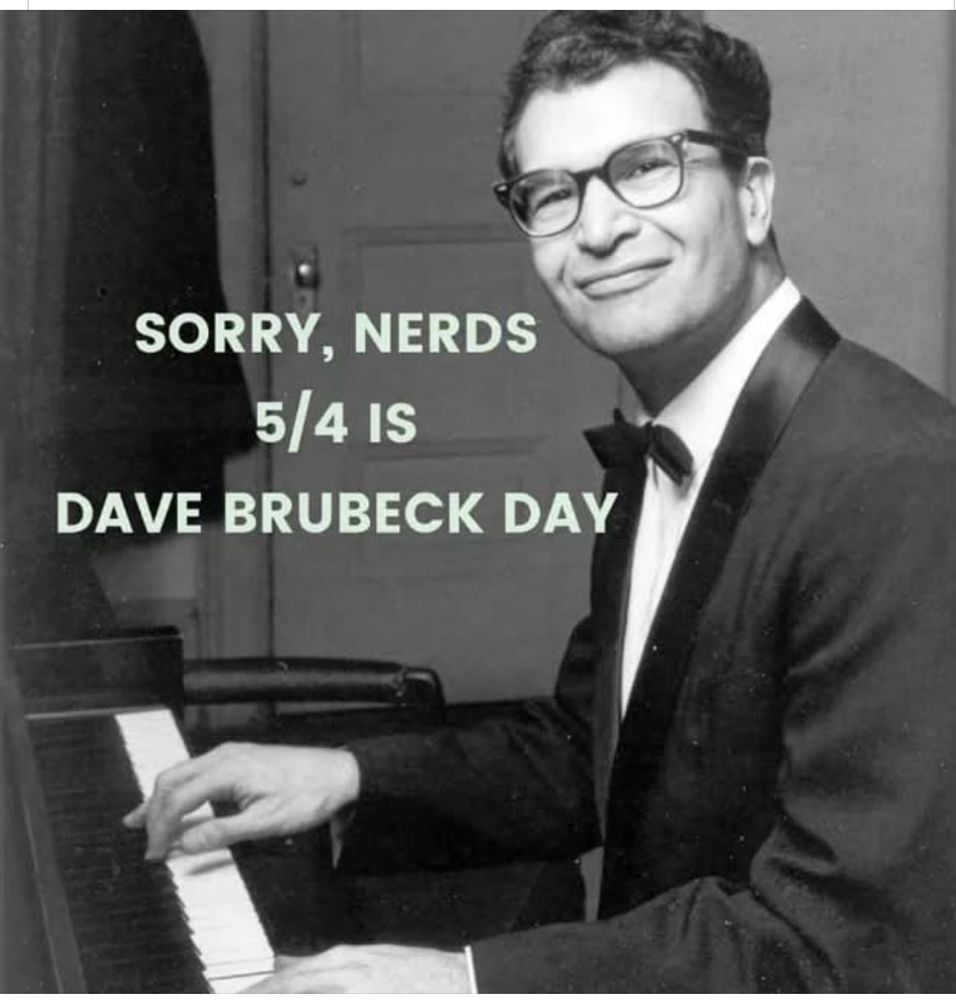
The End of Conscioussness - osf.io/preprints/ps...
but i've learned a lot. thank you for everything.
🧠📈
The End of Conscioussness - osf.io/preprints/ps...
but i've learned a lot. thank you for everything.
🧠📈






